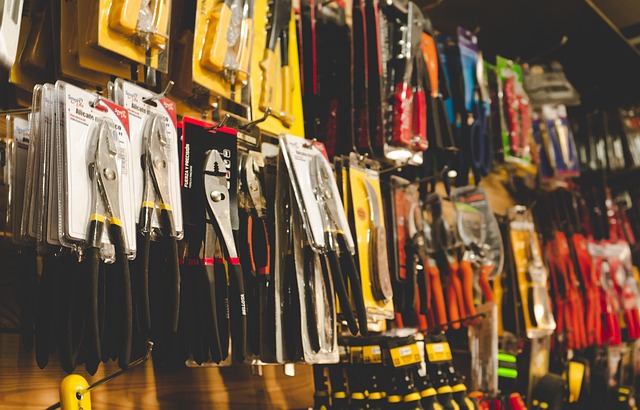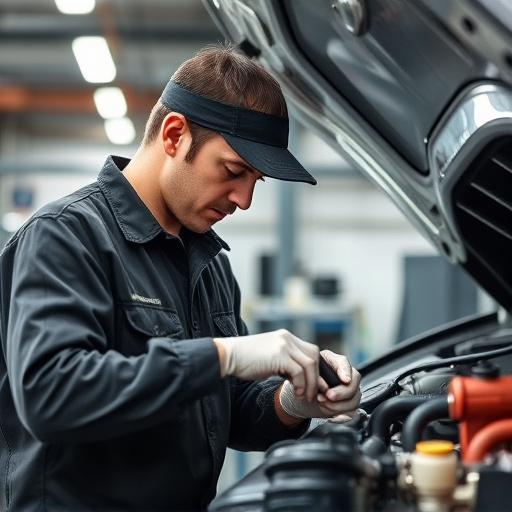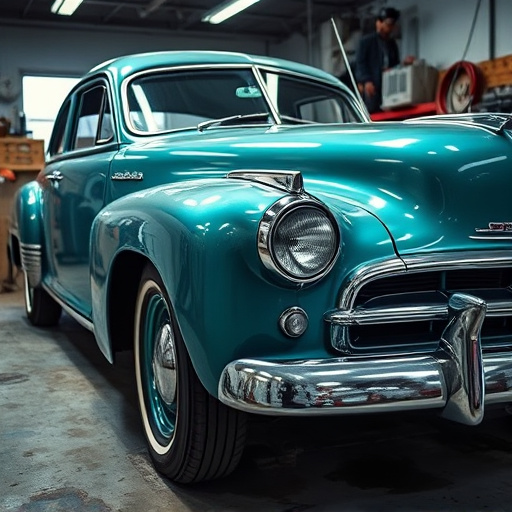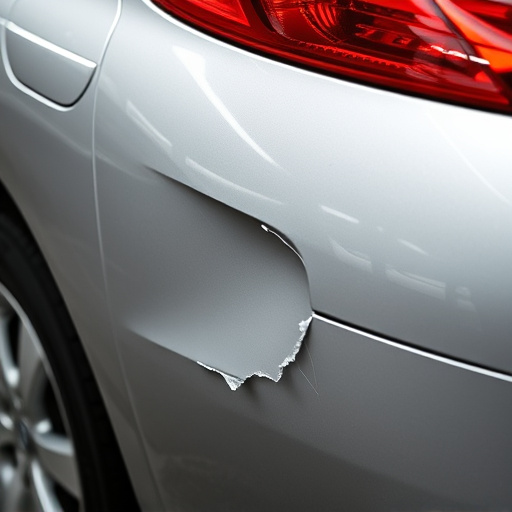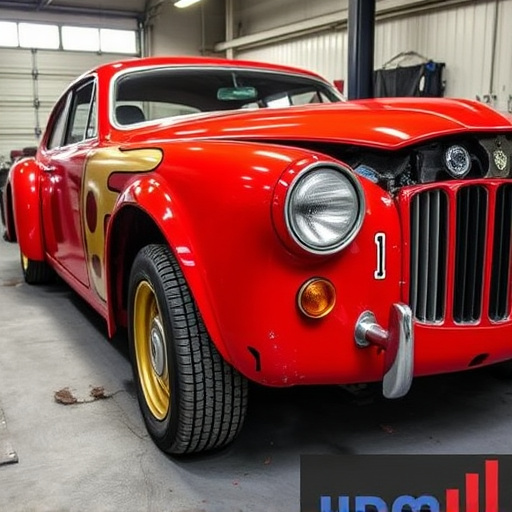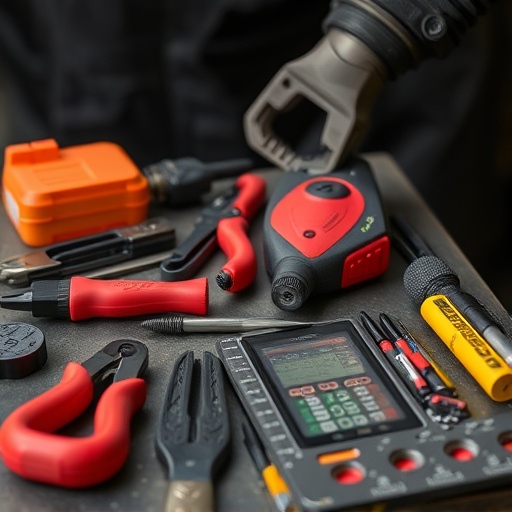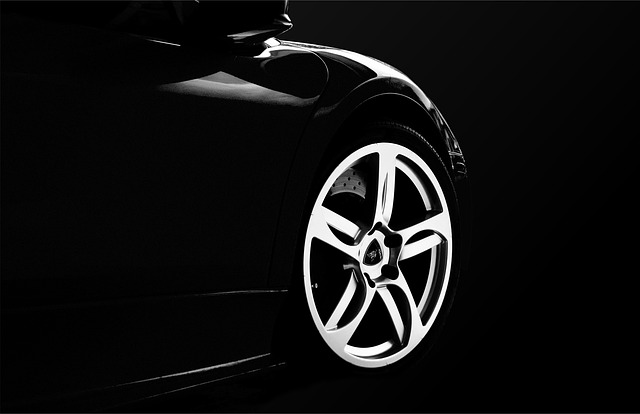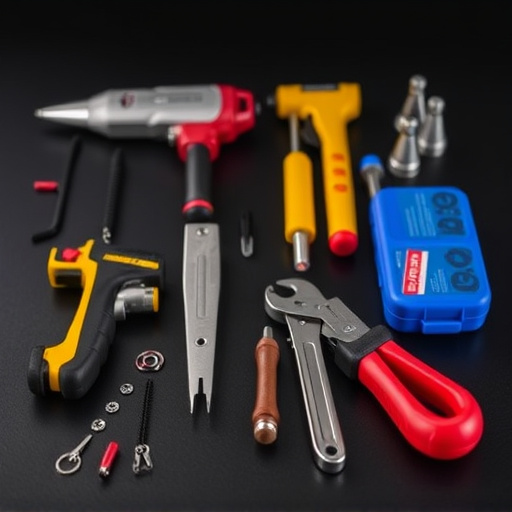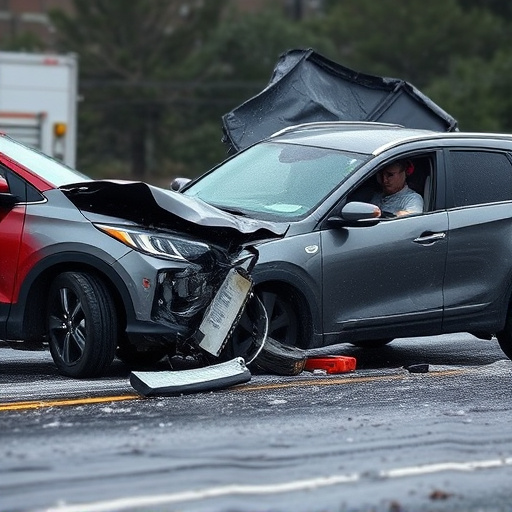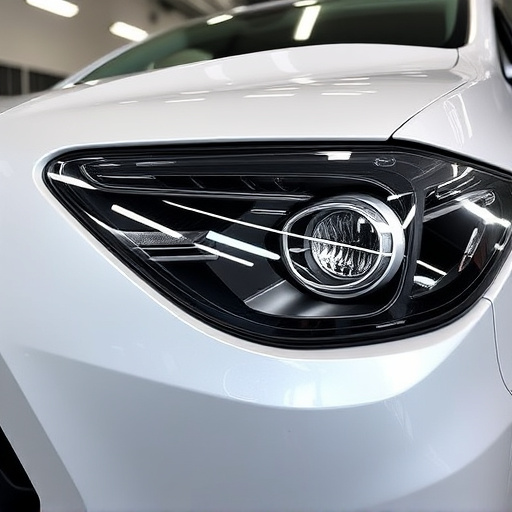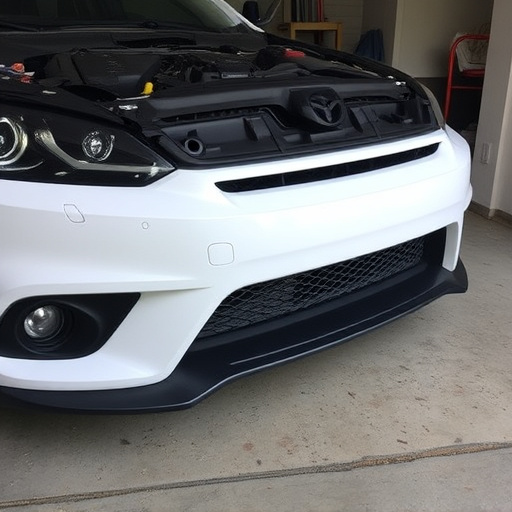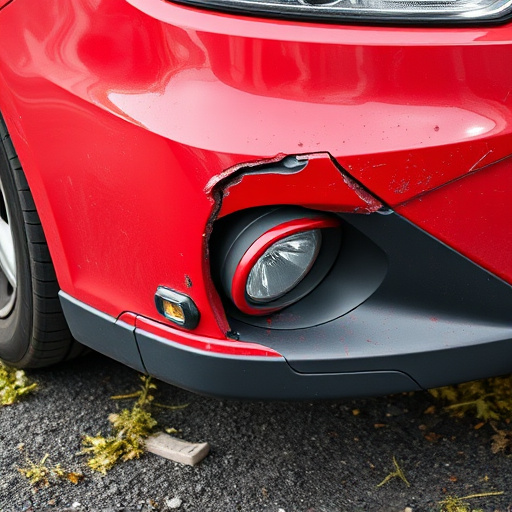In today's competitive automotive repair market, color matching excellence is a key differentiator for shops. It involves understanding light, shade, and surface reflectivity, using advanced tools like spectrophotometers, and meticulous preparation. By prioritizing this excellence, shops achieve top-quality repairs, build customer trust, encourage repeat business, and gain positive word-of-mouth recommendations through seamless color blending and perfect finishes that mimic the original car finish.
In today’s competitive market, color matching excellence is paramount for shops to deliver products that meet customer expectations. This article explores the critical role of color matching excellence in shop operations and the strategies they employ for accurate results. We delve into understanding the importance of consistent color reproduction, uncovering effective techniques for achieving precision, and highlighting continuous improvement processes that sustain quality control. By mastering color matching, shops ensure satisfaction and build trust with their clients.
- Understanding the Importance of Color Matching Excellence
- Strategies for Achieving Accurate Color Matching
- Continuous Improvement and Quality Control Processes
Understanding the Importance of Color Matching Excellence

In today’s competitive market, where customers demand perfection, achieving color matching excellence is no longer an option but a necessity for shops specializing in bumper repair, vehicle dent repair, and car damage repair. It sets them apart from their competitors and ensures customer satisfaction. A minor error in color can lead to a customer noticing the difference between a professional job and an amateurish attempt, potentially damaging the shop’s reputation. Thus, understanding the nuances of color theory and mastering the art of matching colors precisely is paramount.
Color matching excellence involves more than just mixing paints. It requires an intricate knowledge of various factors, including light, shade variations, and how different surfaces reflect and absorb colors. For instance, a paint job on a metal surface might look slightly different from one on plastic or glass due to their distinct reflective properties. Shops must employ advanced tools, such as color scanners and spectrophotometers, to ensure accurate measurements and precise matching. By prioritizing color matching excellence, these shops not only deliver top-quality repairs but also foster customer trust, encouraging repeat business and positive word-of-mouth recommendations.
Strategies for Achieving Accurate Color Matching

Shops striving for color matching excellence must employ strategic techniques to achieve accurate results. This involves a meticulous process that begins with precise color selection and measurement using advanced tools like spectrophotometers. By capturing exact color values, technicians can ensure consistency across different batches of paint, making it ideal for both minor car body repair and extensive collision repair center operations.
Additionally, proper preparation of surfaces is vital. This includes thorough cleaning, priming, and sanding to create a smooth base that promotes even paint application. During auto painting, attention to detail is paramount; technicians must blend colors seamlessly at junctions, ensuring no visible lines or variations mar the final finish. Regular training and calibration of equipment further refine these practices, keeping up with evolving industry standards in color matching excellence.
Continuous Improvement and Quality Control Processes
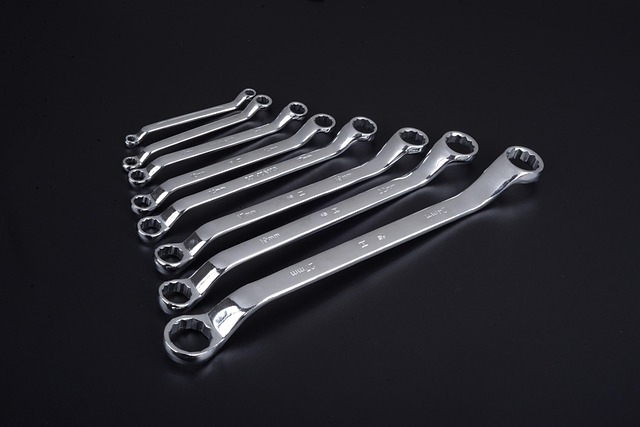
Shops that excel in color matching for automotive finishes, such as those involved in car body repair and vehicle collision repair, understand that continuous improvement is key to maintaining top-tier quality control. They regularly review and update their processes, leveraging advanced technologies and industry best practices. This commitment ensures that the meticulous craftsmanship required for color matching excellence becomes a standard across all projects, regardless of complexity or scope.
Through ongoing training and calibration of staff, as well as utilizing sophisticated color measurement instruments, these shops minimize variations in their color mixing and application techniques. By adopting such rigorous standards, they not only achieve outstanding visual results but also create a seamless blend that mimics the original car finish perfectly. This dedication to quality control is vital for customer satisfaction, especially when it comes to restoring vehicles to their pre-accident condition, ensuring each repair service meets or exceeds expectations.
Shops that strive for color matching excellence must adopt comprehensive strategies, from understanding the importance of precise color reproduction to implementing continuous improvement processes. By investing in advanced tools, training staff, and fostering a culture of quality, retailers can ensure their products meet high standards. Effective quality control measures not only enhance customer satisfaction but also solidify the shop’s reputation as a leader in color matching excellence.

